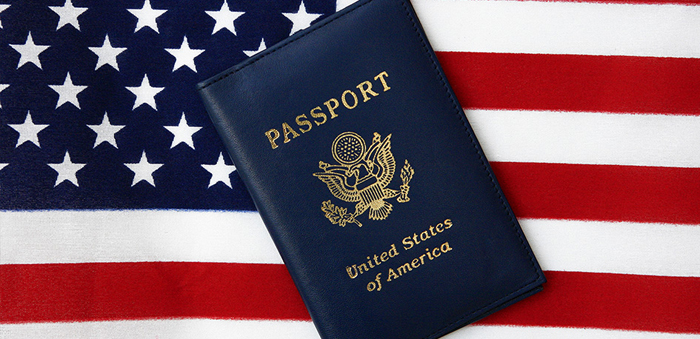The EB-5 immigration by investment program recently underwent an improvement, turning a good concept into a better one. In early 2022, the U.S. Congress passed the EB-5 Reform and Integrity Act of 2022. EB-5 has been a popular program, especially in China, Russia, and India, but the new reforms make it more responsive to immigrants and safer for investors. Fraud has plagued the program over the years and although the U.S. government action will help improve the framework, it is still incumbent upon all prospective EB-5 visa applicants to do their homework and select consultants and partners only after detailed due diligence.
On March 15, 2022, the Act was enacted into law and included measures that impacted regional centers. Over 90% of EB-5 visa applications are processed through regional centers, and the Act aims to improve the transparency and accountability of these centers.
The new law includes strong and increased transparency requirements for all those associated with and representing regional centers, from fund managers to immigration lawyers and business consultants. Investors in EB-5 projects can now feel more secure about their investment due to the increased openness and transparency brought about by the new law. However, the integrity safeguards are just the start. One of the most significant changes in the new law is the ability to file for a visa concurrently. The concurrent filing allows visa seekers in the U.S. with legal visas to change their status while in the U.S. They no longer need to return to their home country to do so, which allows them to continue living, studying, working, and staying in the U.S. while they wait for their permanent green card to be processed. This alone is a great advantage of the new law and will result in great cost savings. Specifically, concurrent filing allows investors in the U.S. on certain non-immigrant visas to apply for a change in U.S. resident status (I-485) while also submitting their petitions to participate in the EB-5 program (I-526 E) at the same time.
The updated law also adds stability to EB-5 by extending the regional center program until 2027. This allows people to confidently invest in EB-5 projects as a way to obtain their green cards from the USCIS. The law also includes a grandfathering provision that protects investors who filed before the new law was implemented.
Litigation connected to the new law led to a recent settlement agreement between regional centers and the USCIS. As part of this agreement, the USCIS will be making it easier and faster for investors to file initial petitions to participate in an EB-5 project – another immigrant-friendly change that is part of the new program.
The Act has raised the minimum investment needed to be eligible for an EB-5 Green Card. It also increased the capital investment minimum from $500,000 to $800,000 for projects in targeted employment areas. A Targeted Employment Area or TEA is an area that, at the time of investment, is a rural area or a non-rural area that has experienced unemployment that is at least 150 percent of the national average rate. High unemployment regions have traditionally been more common in the EB-5 program than the other two categories. For other investment projects, outside of targeted employment areas, the minimum investment amount will be $1,050,000 USD.
Irrespective of whether EB-5 applicants directly invest in a business or invest through a regional center, these minimum investment levels apply to all applications in the EB-5 Immigrant Investor Program. The EB-5 Reform and Integrity Act of 2022 has significantly increased the confidence with which foreign nationals can make EB-5 investments. The Act will make the EB-5 industry more accountable and transparent, reducing fraud, while at the same time investors and their families will have an improved and more streamlined process.
